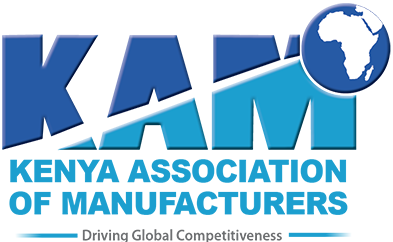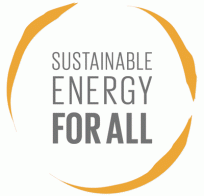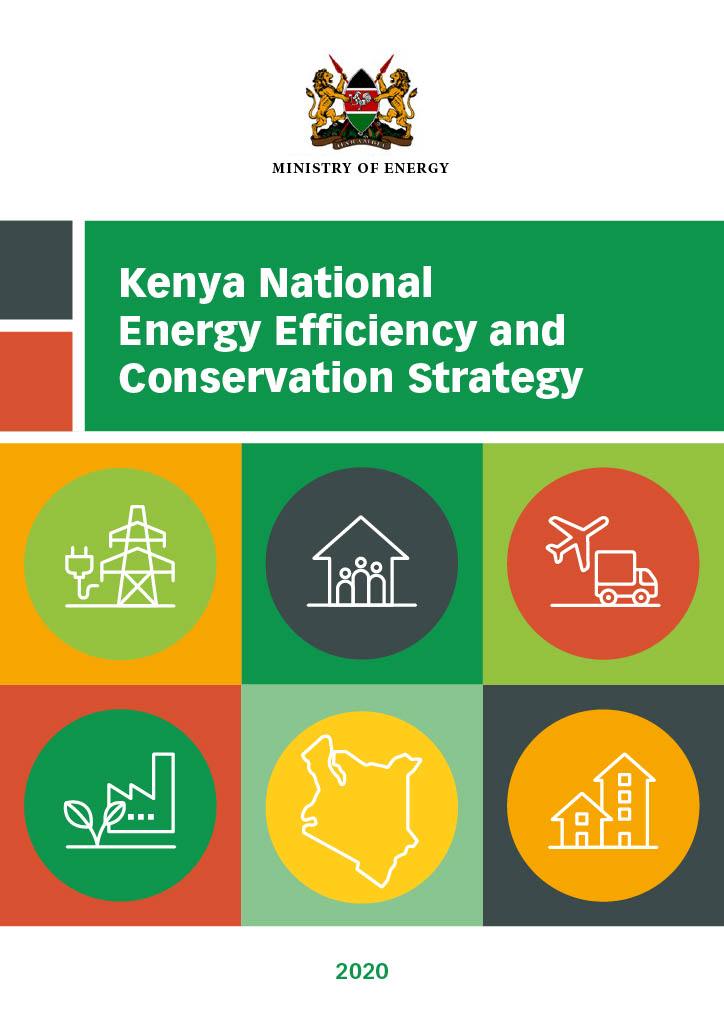Energy Efficiency in Kenya
The UNEP Copenhagen Climate Centre and its Copenhagen Centre on Energy Efficiency has successfully supported the Kenyan Ministry of Energy in its efforts to develop the country’s first National Energy Efficiency and Conservation Strategy in 2020, and its Implementation Plan in 2022.
The Strategy and its Implementation Plan identify concrete energy-saving goals for different sectors and various priority actions to achieve those goals, including estimated costs and benefits, and the roles and responsibilities of government agencies. The Strategy is now used to guide domestic sustainable energy actions and mobilize international support.
Read more about the implementation plan here.
Opportunity
One of the priority areas is to introduce Minimum Energy Performance Standards (MEPS) for energy-using equipment and to promote the deployment of efficient lighting. The Kenyan Ministry of Energy has been in discussions with the Copenhagen Centre on Energy Efficiency about a project for efficient lighting retrofit of secondary boarding schools. Kenya has around 3,000 secondary boarding schools and due to existing inefficient equipment, half of their electricity bill is for lighting. Currently, Kenya has MEPS for Compact Fluorescent Lighting (CFL) and in its Strategy, the country plans to develop MEPS for LED lighting and several appliances.
The Signify Foundation has agreed to contribute to funding a pilot for the secondary school lighting program, by donating efficient lighting equipment and funding its installation corresponding to a total amount of 250.000 EUR that will be implemented in about 80 to 100 secondary schools. For the implementation of this pilot, besides UNEP-CCC and the Signify Foundation, other stakeholders involved include the Ministry of Energy and Petroleum, the Ministry of Education, SEforALL and KAM – Kenyan Association of Industrial Manufacturers.
The LED lighting pilot project will see more than 10,000 traditional fluorescent lamps replaced. That is expected to result in savings of more than US$213,000 a year across the 100 schools, around a 25 per cent reduction in their current power bills.
One of the objectives of this pilot is to pave the way for the development of a programme of full retrofitting of the schools lighting infrastructure to efficient solutions, and ideally using the Super-ESCO business model that is starting in the country, based at the Power and Lighting Company (PLC) of Kenya.
This pilot project of retrofitting 80 to 100 schools aims at showcasing the economic, social, and environmental benefits of paving the way for efficient lighting for all public secondary schools and expanding energy efficiency and renewable energy actions to other buildings, such as hospitals and government buildings.
This experience will also contribute to a further expansion of energy efficiency in the country, namely looking out for cooling and other energy-using equipment.
Expected outcomes
The expected outcomes of this initiative will be:
- Updated lighting MEPS in Kenya and the way paved for further development in other energy-using products.
- Enhancing local business partners in deploying energy-efficient lighting solutions.
- Kick-start the Kenyan Super-ESCO with a large lighting retrofit program.
- Technicians trained in the application of LED lighting solutions.
- Reduced energy bills for schools.
- Better quality lighting in schools for youngsters and teachers, and corresponding eyesight and circadian health effects.
- Information and dissemination of new lighting solutions, especially towards youngsters, school personnel and teachers.
- Local expertise deployed in baseline assessments and MRV practices.
- Creation of a virtual knowledge Centre at UNEP-CCC web-based KMS for future reference.
Get in touch

Gabriela Prata Dias
Head of Copenhagen Centre on Energy Efficiency at Copenhagen Centre on Energy Efficiency

Xianli Zhu
Senior Economist at Copenhagen Centre on Energy Efficiency










